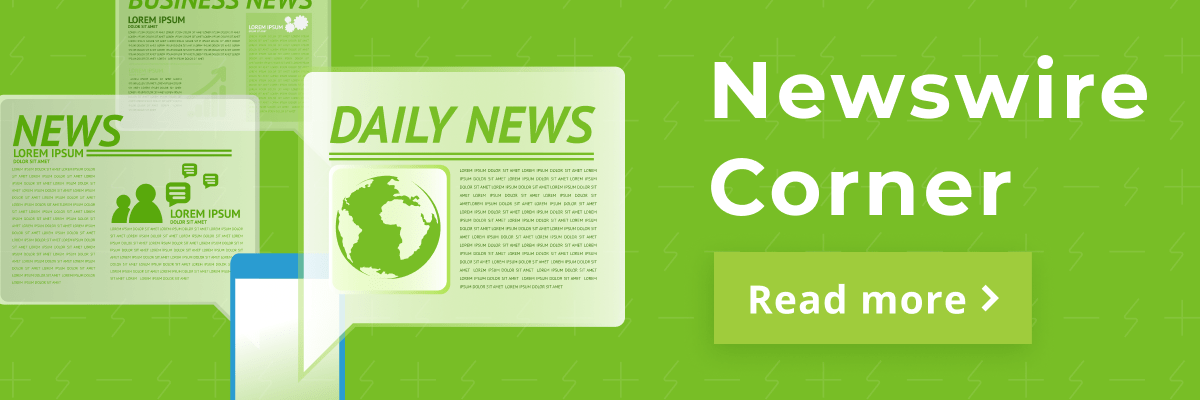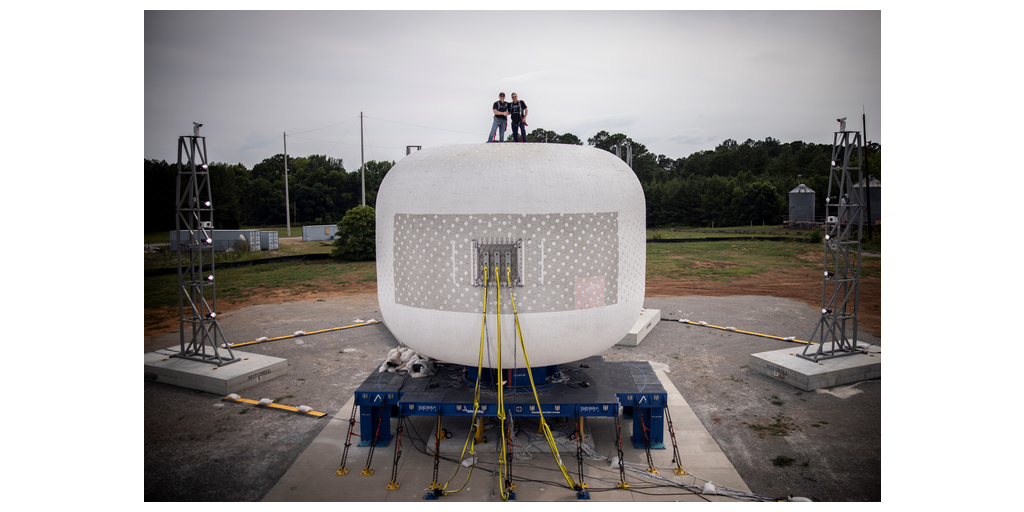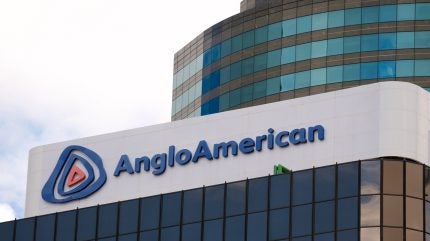Sign up for daily news updates from CleanTechnica on email. Or follow us on Google News!
Weren’t we just saying that the case against onshore wind farms is collapsing? Well it is, and the US startup Radia has just busted out of stealth mode to pick up the pieces. Radia has come up with a way to transport the biggest, most efficient wind turbines to inland sites that would otherwise be blocked by bridges, tunnels, and winding roads. As for how that’s going to happen, Radia plans to boldly go where no cargo air freight company has gone before.
To Boldly Go Where No Wind Farms Have Gone Before
For the record, the famously split infinitive “to boldly go where no man has gone before” is somewhat dated. Plenty of women and other non-men have gone there since the phrase was first recorded in 1966, as anyone can see in the historical documents.
Leaving that aside for the moment, Radia began to take shape in 2016. Just eight short years later, here it is on March 18 announcing a plan to deliver supersized wind turbine components to onshore wind farms, with the aim of surmounting transportation obstacles.
The transportation issue may seem like a minor bug, but it is a major one. Bigger wind turbines with longer blades perched atop taller towers can harvest wind energy more efficiently, but the components are consequently larger and more difficult — if not impossible — to convey by road.
To compound the problem, a growing web of state and local regulations limits new wind farms to sparsely populated areas, where roads and other ground transportation infrastructure can be especially challenging.
When In Doubt, Take To The Air
CleanTechnica has taken note of emerging solutions that involve 3-D printing and other methods for fabricating wind farm components on-site. Radia has decided that there is no need for compromise. Its solution simply consists of designing, building, and operating WindRunner, the world’s biggest cargo aircraft, capable of delivering supersized parts to wind farms.
As described by Radia, the typical offshore wind turbine has more than twice the power of an onshore turbine, primarily because they can be built larger.
“If we could move these large turbines onshore, they would be twice as profitable and open up three times more land for economically viable wind farms,” explains Radia CEO Mark Lundstrom.
That sounds easy enough, though the devil is in the details. Aside from the engineering challenges involved in the WindRunner itself, landing the thing requires a unique solution. Apparently drawing on lessons learned from generations of off-airport landings since the invention of flight, WindRunner is designed to come to ground on relatively short, “semi-prepared” runways of packed dirt if nothing more substantial is available.
Onshore Wind Farms To Offshore: Hold My Beer
If WindRunner is a success, it will enable onshore wind developers to take advantage of the largest available turbines. Until now, those have been mainly available for offshore wind farms, where transportation is unimpeded. The components can be manufactured or assembled from parts at a nearby seaport, then shipped out.
Radia foresees that the availability of new wind turbines for onshore use will open up new opportunities for wind development. The company is already looking beyond the goal of simply serving as an airborne shipper of parts for wind farms.
“Radia plans to lead onshore wind energy expansion in partnership with industry leaders, and work with development partners to create new onshore wind farms,” the company says of itself.
“Radia will create a step-function improvement for onshore wind in profitability, lower cost, and higher consistency,” Lundstrom chips in.
“This will result in more wind projects, more green fuel projects, lower energy price, more profits, and more money being invested in the energy transition,” he adds.
 Chip in a few dollars a month to help support independent cleantech coverage that helps to accelerate the cleantech revolution!
Chip in a few dollars a month to help support independent cleantech coverage that helps to accelerate the cleantech revolution!
And Of Course, Green Hydrogen
Radia cites data centers, electric vehicles, and grid reliability as the biggest drivers of demand for more and better wind farms.
The grid reliability bucket includes opportunities to reduce transmission costs by “building wind energy sites closer to demand, creating hybrid wind/solar sites to produce clean power around the clock and throughout the year, and generating the large amounts of clean electricity needed to produce green hydrogen,” Radia explains.
We bring extra attention to the green hydrogen angle because converting the hydrogen supply chain is a crucial element in the global energy transition. Hydrogen is ubiquitous throughout modern industrial economies as an input for agriculture, food processing, and various industries, in addition to serving as a fuel for zero-emission fuel cells. Almost the entire global supply of hydrogen currently comes from natural gas or coal, but alternative sources are finally emerging.
In addition, hydrogen is an energy carrier. Unlike electricity, it is independent of wire-based transmission systems. Hydrogen transportation systems can work around electricity transmission gaps and bottlenecks, by leveraging other infrastructure including seaports, railways, highways, and pipelines.
Much of the green hydrogen activity today involves electrolysis systems that push hydrogen from water, which is where the wind farms come in. Green hydrogen refers to hydrogen sourced with or from renewable resources. In contrast, fossil energy stakeholders have been clinging on to an apparently doomed effort to promote “clean” hydrogen from natural gas with carbon capture.
More & Bigger Onshore Wind Farms
The green hydrogen element can support the economic case for building new wind farms in locations that would otherwise require new transmission infrastructure.
In addition, we’re thinking that the WindRunner transportation scheme could push the wind farm repowering industry up to the next level.
Repowering refers to upgrading older wind farms with new turbines, new turbine towers, or both. Because today’s wind turbine technology is more powerful than in past years, some repowering projects enable a wind farm to produce the same amount of electricity while reducing the number of turbines, which helps to reduce future operating and maintenance costs.
Other repowering projects are aimed at increasing the output of older wind farms, and that’s where things get interesting. Proposed new wind farms have been sparking a surge in local opposition, reportedly encouraged by fossil energy stakeholders. Obstructing an upgrade to an existing wind farm is a whole different kettle of fish. Opponents don’t have as much wiggle room when the land is already zoned and permitted for wind turbines.
If Radia’s calculations are correct, a WindRunner-enabled repowering project could easily double the capacity of an older wind farm without adding to the number of turbines on site (see lots more CleanTechnica repowering coverage here).
More Wind Power For Rural Economic Development
The WindRunner could also push the envelope on the new RAISE project supported by the US Department of Energy and the Department of Agriculture. RAISE is aimed at promoting the distributed wind resources, meaning wind turbines of any size that generate electricity for use on site, or for contribution to a local grid.
For example, in one scenario a distributed wind turbine would enable farmers to host their own electrolysis systems and generate their own renewable hydrogen for use as a fuel, a fertilizer input, or a new revenue stream.
RAISE is armed with federal funds and technical support to help farmers and other rural stakeholders construct distributed wind turbines on their property, so stay tuned for more on that.
Follow me @tinamcasey on Bluesky, Threads, Post, and LinkedIn.
Image: The new WindRunner cargo ship is designed to deliver large wind turbine components to onshore wind farms (screenshot courtesy of Radia).
Have a tip for CleanTechnica? Want to advertise? Want to suggest a guest for our CleanTech Talk podcast? Contact us here.
Latest CleanTechnica TV Video
CleanTechnica uses affiliate links. See our policy here.





